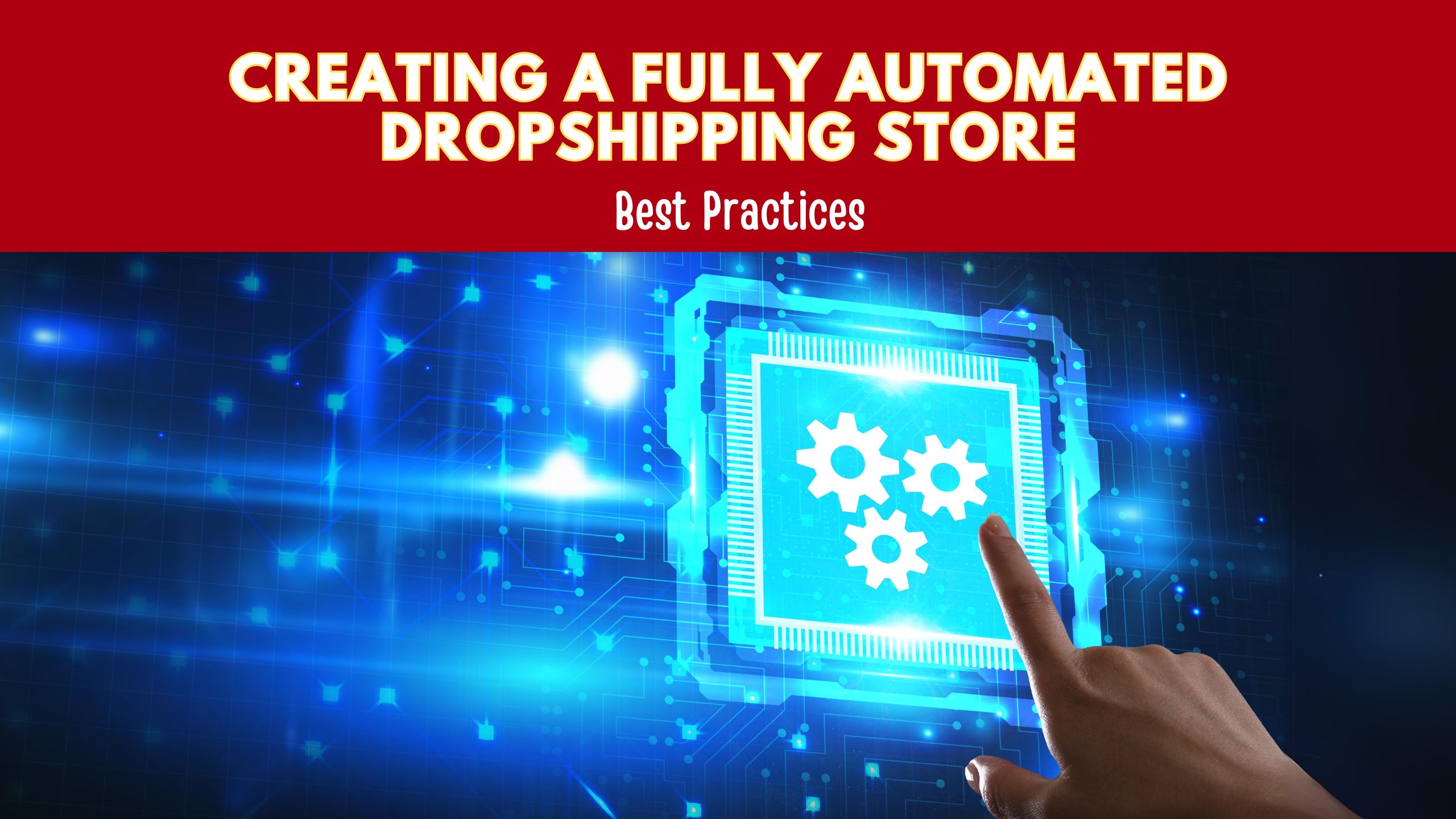Creating a Fully Automated Dropshipping Store: Best Practices


Creating a Fully Automated Dropshipping Store: Best Practices
Embarking on the journey of creating a fully automated dropshipping store is an ambitious goal that can significantly enhance efficiency and boost productivity. In this guide, we’ll explore the best practices for achieving a seamlessly automated dropshipping experience, addressing the common Google query: “How do I make a fully automated dropshipping store?”
Understanding the Essentials of Automated Dropshipping
Before diving into the best practices, it’s crucial to grasp the fundamental aspects of creating a fully automated dropshipping store. From choosing the right niche to setting up your store on a platform like Shopify, this section covers the essential groundwork.
Understanding the essentials of automated dropshipping involves grasping key concepts and undertaking certain steps to ensure a successful venture. Here are the essentials:
- Choose a profitable niche by conducting market research.
- Establish relationships with reliable dropshipping suppliers.
- Ensure legal compliance for your online business.
- Build a professional online store using platforms like Shopify.
- Create compelling product listings with high-quality images and accurate descriptions.
- Implement automation tools for order processing and inventory management.
- Integrate a secure payment gateway with multiple options.
- Optimize your store for search engines (SEO) to enhance visibility.
- Leverage social media for effective marketing and customer engagement.
- Automate customer service processes for efficiency and clarity.
- Utilize analytics tools to track website performance and customer behavior.
- Start with a manageable product range and scale gradually based on demand.
- Stay adaptable, adjusting strategies to stay competitive in the market.
- Commit to continuous learning to stay updated on industry trends and technologies.
Best Practices and SaaS Tools for Automation
Now, let’s delve into the heart of the matter – the best practices and SaaS tools that can turn your dropshipping store into a well-oiled, automated machine.
1. Automated Product Importing
Streamline product importing from suppliers directly to your store.
Website: Oberlo
2. Automated Listing and Repricing
Automate the listing of products and adjust prices based on market changes.
Website: AutoDS
3. Automated Customer Support
Implement automated customer support systems for seamless interaction.
Website: Zendesk
4. Workflow Automation
Connect different apps to automate workflows and tasks across platforms.
Website: Zapier
5. Automated Print-on-Demand
Integrate a print-on-demand service to automate product fulfillment.
Website: Printful
Conclusion: Empowering Your Dropshipping Journey
In conclusion, creating a fully automated dropshipping store requires a combination of strategic planning and leveraging the right SaaS tools. Embrace automation to streamline processes, save time, and focus on growing your business.
Unlock Exclusive Deals and Take Control with Subscribed.fyi
Ready to optimize your SaaS stack and take control of your expenses? Explore Subscribed.fyi, your all-in-one solution for managing and understanding your SaaS stack.
Unlock exclusive member-only deals and take control of your subscriptions today.





